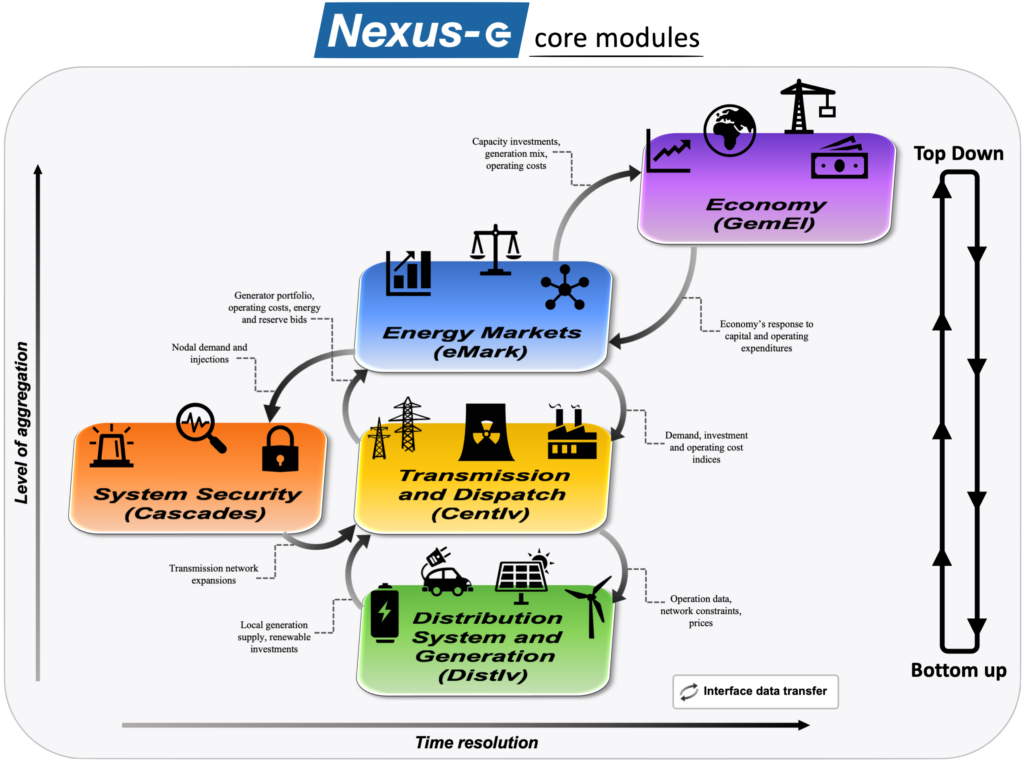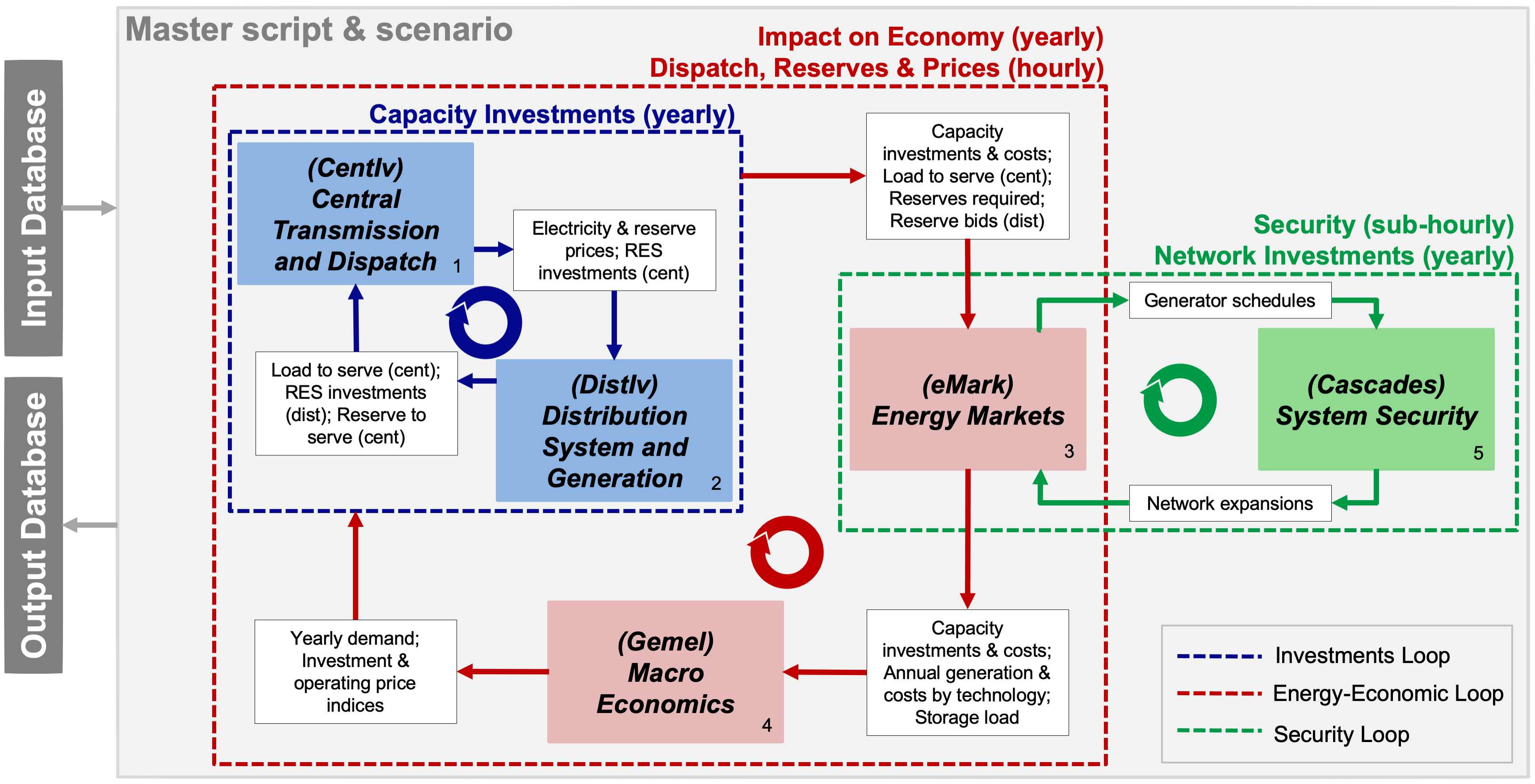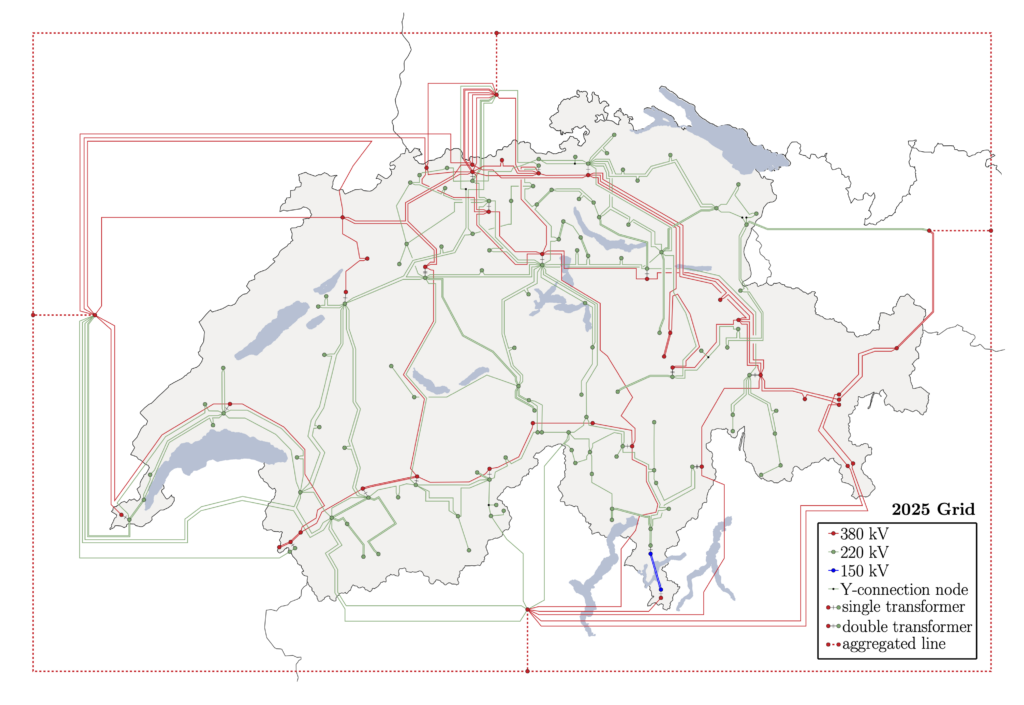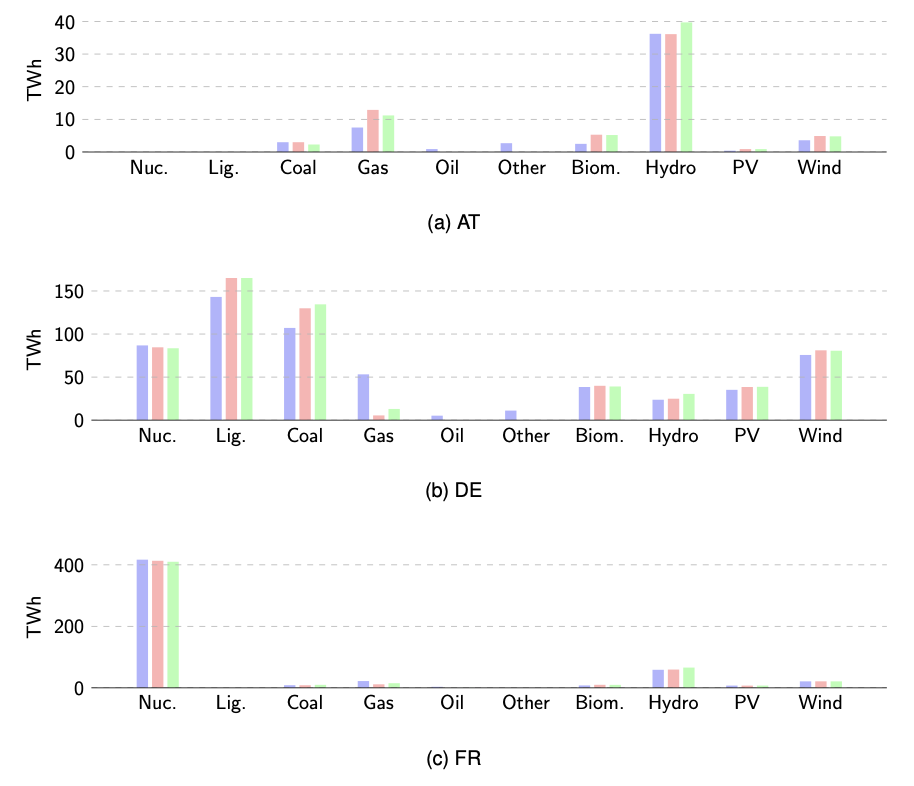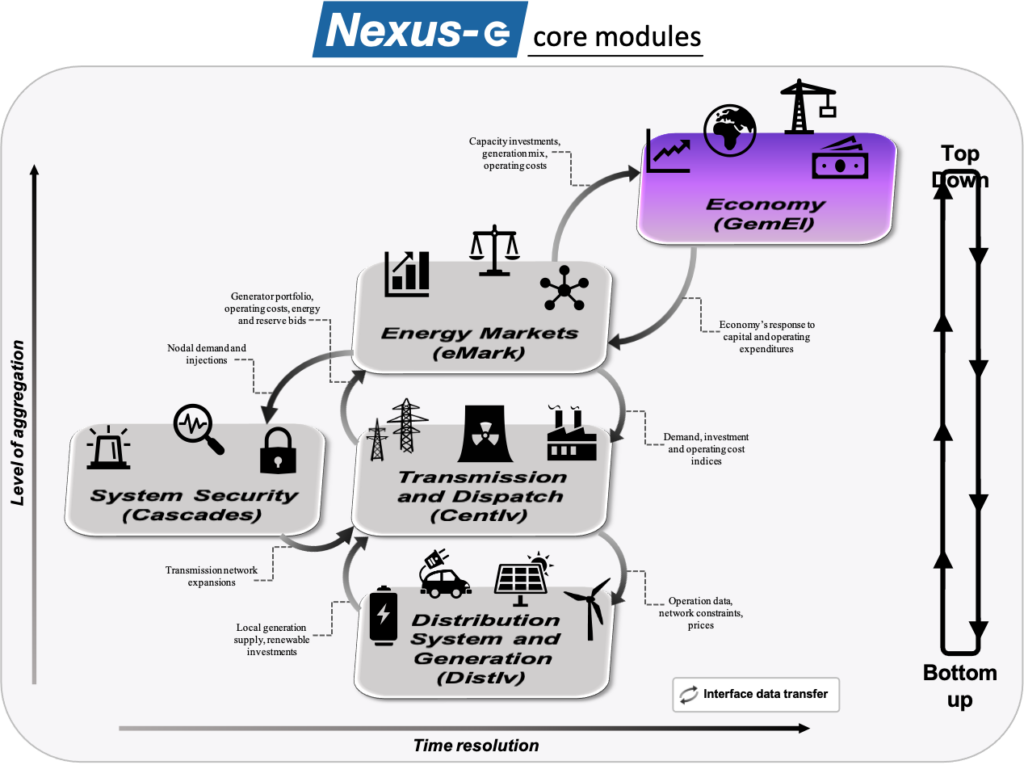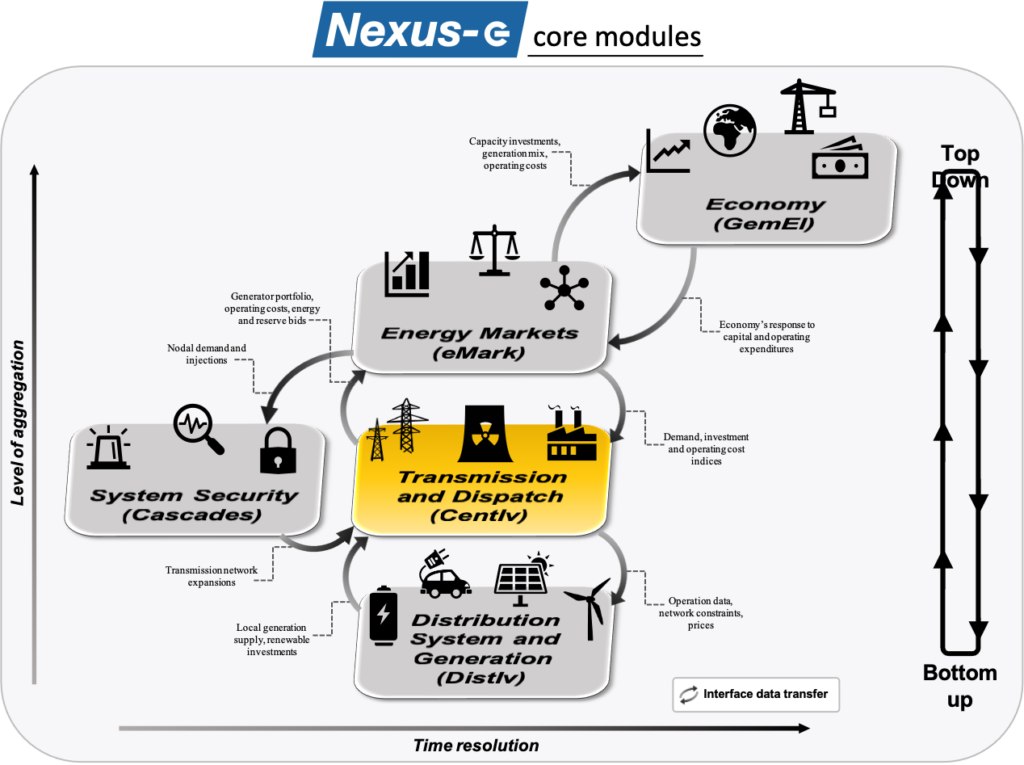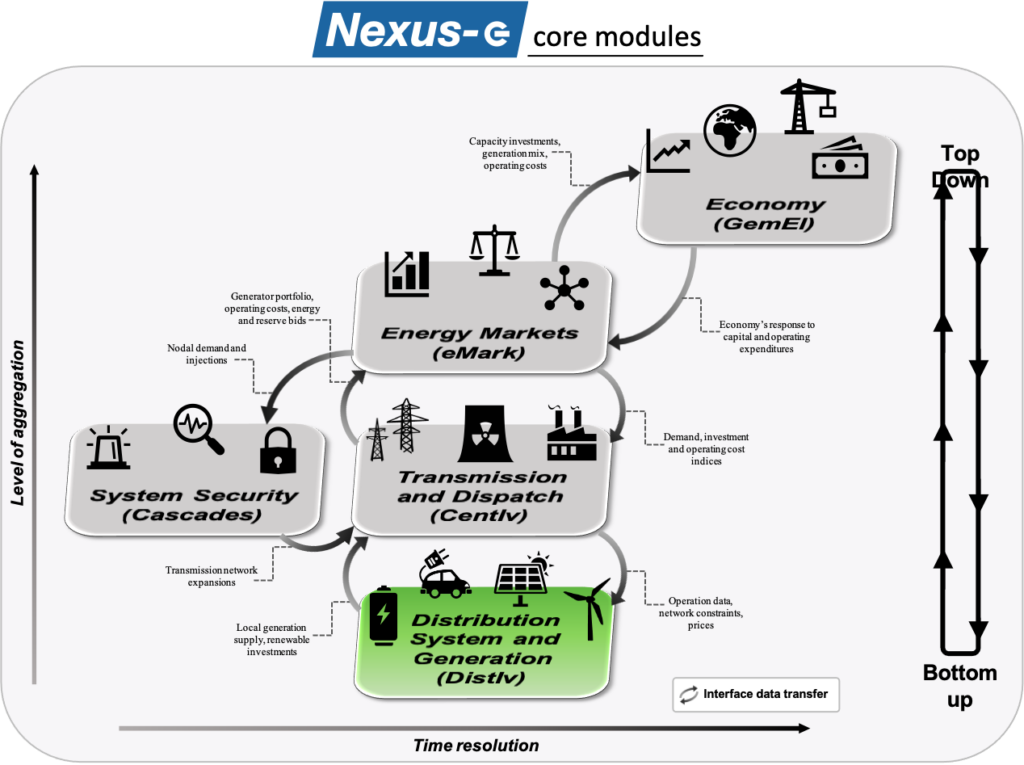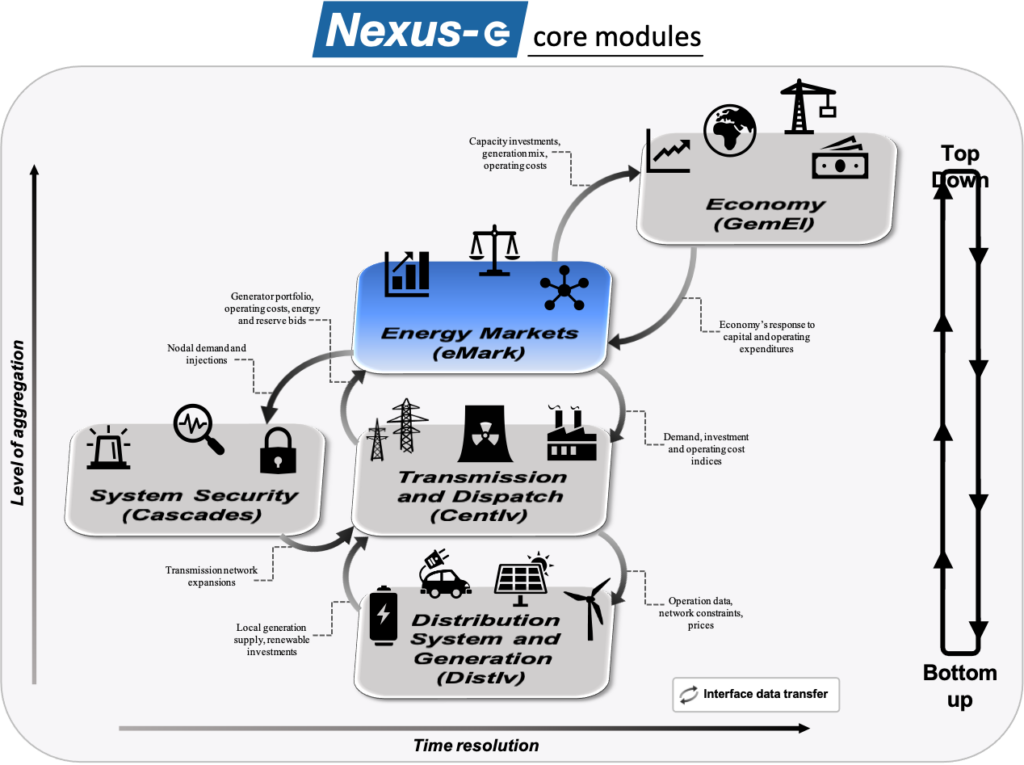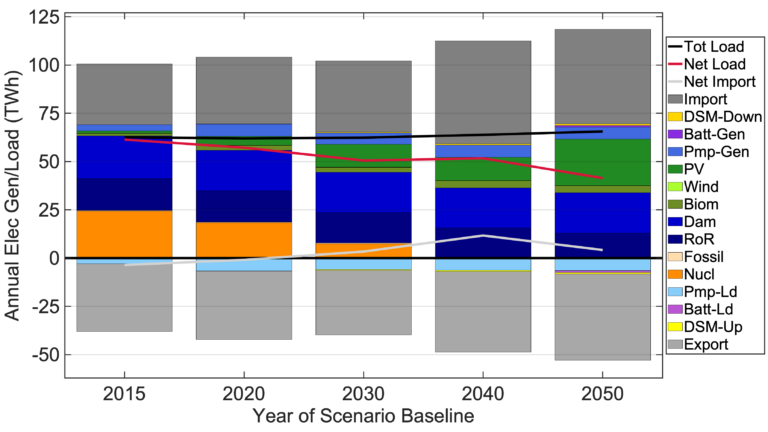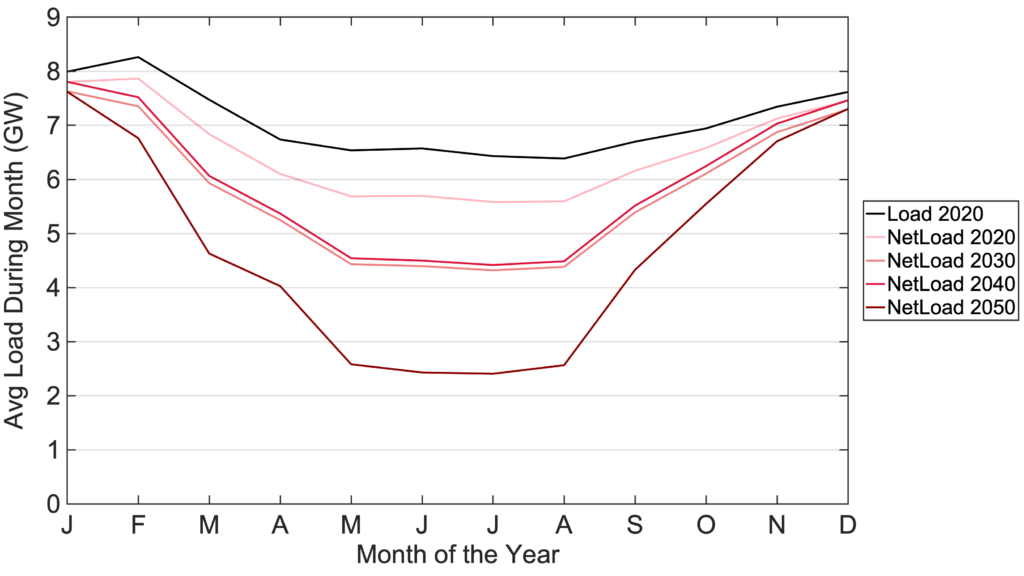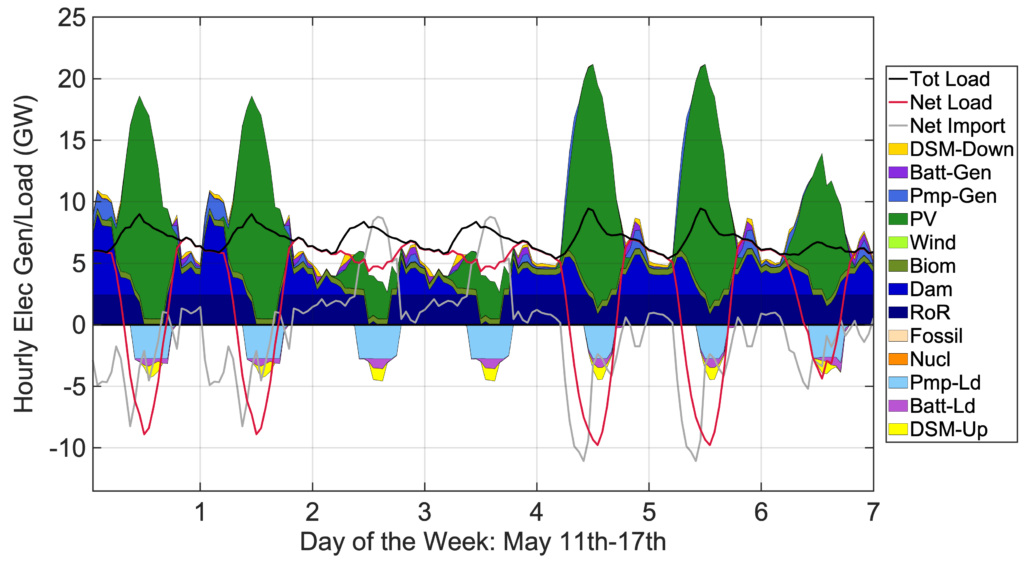Summary
In 2020, we have successfully completed Phase 1 of the Nexus-e project, including the pilot project “The role of flexibility providers in shaping the future energy system”.
Read our Scenario Results report to find out
▪ What are potential pathways for the future Swiss electricity system?
▪ What is the need for flexibility in the projected Swiss electricity system?
▪ Who provides the required flexibility?
▪ What are the macroeconomic and environmental impacts of the future Swiss electricity system?
Background
The future Swiss power system, which is envisioned in the Swiss Energy Strategy 2050, has to overcome the following challenges: enabling deep decarbonization, the integration of a higher share of renewables and distributed supply, the phase-out of nuclear power stations, achieving improved energy efficiency, and maintaining system security and resilience. To enable this transition, flexibility in the power system is getting increasingly crucial.
Results
(1) What are the potential pathways for the future Swiss electricity system?
Annual electricity generation (left) and installed generating capacity (right) in the Baseline Scenario.
(2) What is the need for flexibility in the projected Swiss electricity system?
Need for flexibility in the Baseline Scenario. Average net load during month illustrates seasonality of flexibility need (left), hourly net load for one week with high solar radiation illustrates diurnal and daily changes in flexibility need (right).
(3) Who provides the required flexibility?
The need for flexibility is met with different flexibility sources. First of all, net imports play a crucial role for addressing the increasing requirement for seasonal flexibility. By 2050, the monthly net imports follow closely the seasonal net load pattern. Also, the seasonality of the hydro dam generation becomes more pronounced by 2050, making hydro dams essential for providing seasonal flexibility. Besides providing seasonal flexibility, Swiss generators also have to adjust their operation to account for the increasingly rapid changes in the hourly net load. Mostly imports and exports as well as hydro dams, but also hydro pumps, hydro run-of-river, PV-batteries, and Demand-Side Management react rapidly to help provide the necessary supply along with more frequent curtailments of non-dispatchable units in future years. However, higher shares of flexible PV-batteries and Demand- Side Management resources successfully smooth the hourly net load and thus reduce the reliance on imports/exports for hourly flexibility. Furthermore, the existing Swiss dispatchable capacities are expected to be able to supply the reserves that are required to cope with the sub-hourly forecast uncertainty of PV investments in all scenarios. In all projections for the future Swiss power systems, the risk of systemic failures initially increases but can be addressed by upgrading one transmission line. PV- batteries and DSM can even further reduce such risk and strengthen system security.
Providing flexibility in the Baseline Scenario. Monthly electricity generation illustrates seasonal flexibility provision (left), hourly electricity generation illustrates how diurnal and daily changes in flexibility need is met (right).
(4) What are the macroeconomic and environmental impacts of the future Swiss electricity system?
Related information
- News: “Modelling the energy transition” (ETH News, 20.01.2021)
- News: “Die Energiezukunft modellieren: Wie sich Nexus-e und die Energieperspektiven 2050+ ergänzen” (energeiaplus, 21.01.2021)
- News: “ETH modelliert die Energiewende” (energate, 21.01.2021)
- Project information: Swiss Federal Administration’s research database (ARAMIS)


